Car bomb after car bomb. Suicide bombing after suicide bombing. It seems like it was only yesterday that Baghdad was the news. Every day. Twenty-four hours a day. Top of the hour. Every hour. Growing up during the 1980s, watching CNN, I was reared on images of Beirut as the most violent city on earth. In the ’90s, that changed to Sarajevo. In 2003, Baghdad took over.
For most Americans, ‘Iraq War culture’ (to cite the title of Joe Lockard’s book) was limited to news. Very few took in the popular culture produced by the conflict, such as the brief craze for Iraqi bloggers, promoted, of course, by newspapers. With the exception of films such as The Hurt Locker, there was no mass artistic mirror to the conflict, as that which existed during Vietnam.
My home in San Francisco hosted some great parties. At one of them, someone left an innocuous little pamphlet on our dining room table, thinking my husband and I would get a kick out of it. Not long before moving to London, we packed it away, only to discover it four years later, this winter. Just before the 9th anniversary of the war, it fell out of a folder full of old bills and receipts.
For a conflict that was short on satire, this brochure – a macabre tourist’s guide to Baghdad – is a real period piece. Not only does it take to task the city’s Western occupiers. It also highlights how unsafe Coalition forces had actually made the Iraqi capitol.
Some helpful advice. Noticed the child with the suicide belt. Imagine him walking into a crowded dining room, and going boom. Everyone I know who visited Baghdad during this time said the same things about the restaurants. Avoid going to them, or die.
The cynicism here is appreciated. Note the juxtaposition of the actual verbal communication (the pamphlet text,) with the photographs of Baghdad’s historic sites. Everything is a cause for emotion. Everything says something of significance.
This pamphlet is still available, online. It was created by Adel Abidin, an award-winning Iraqi artist who has had their work shown at festivals such as the Venice Biennale. For more information on Abidin, visit his web site: http://adelabidin.com
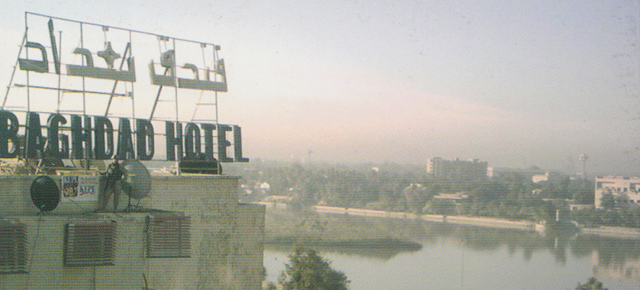





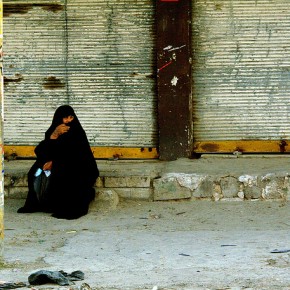
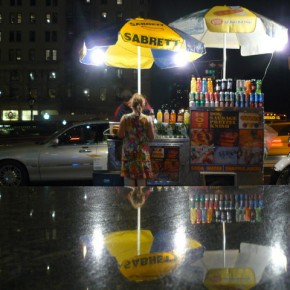
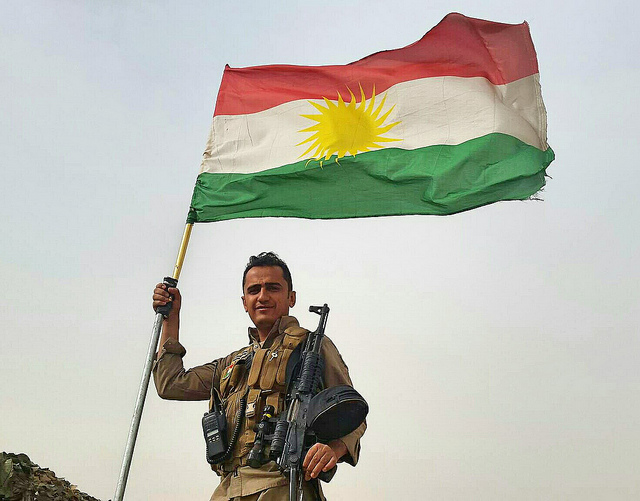
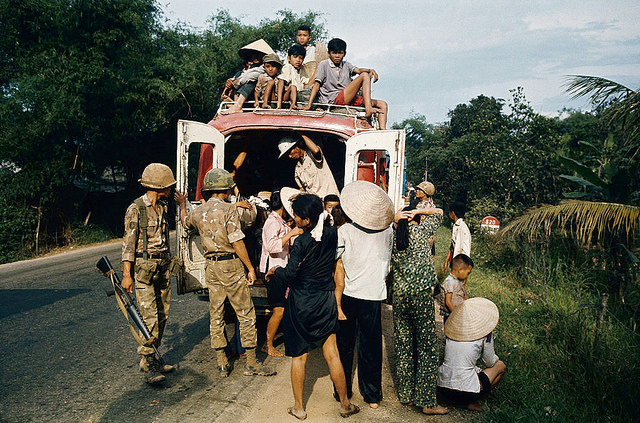
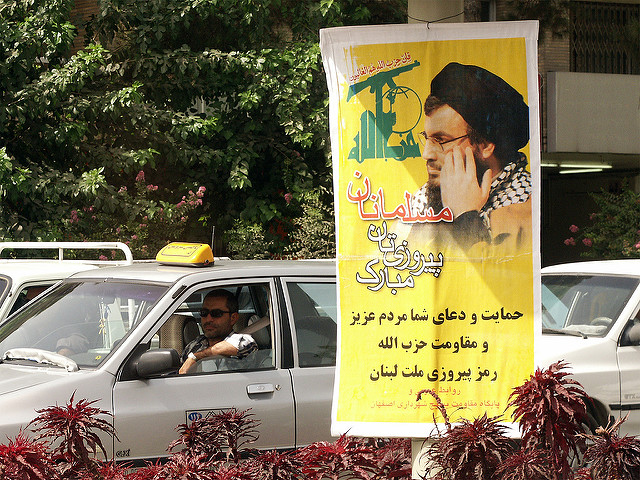
As an Iraqi I find that offensive, please die. Isn’t it enough that you ruined the entire nation through sanctions? You have to publish something like this?
You people make me sick.
The tourist pamphlet in question was created by an Iraqi artist, not an American. His name is Adel Abidin. You can find out more about Abidin via his website: http://adelabidin.com
I understand you’ve suffered greatly as a consequence of the US occupation. I never supported it. Wanting anyone to die is of course bad. I’d recommend you reserve that feeling for your actual enemies.
Actual enemies? What is more actual than the illegal invasion and occupation of foreign soil. We (the US) have done more damage to Iraq and it’s future than any terrorist could.